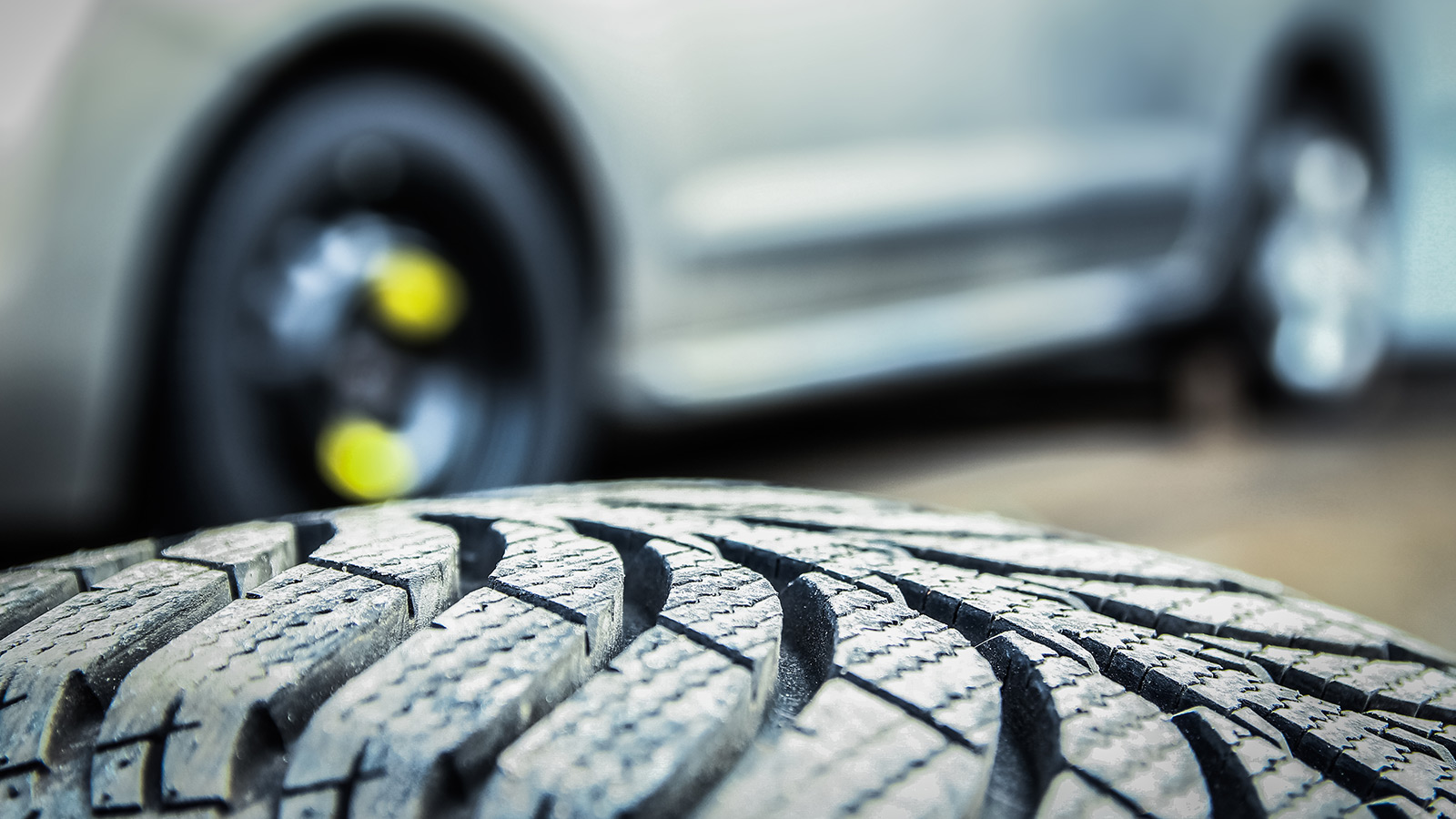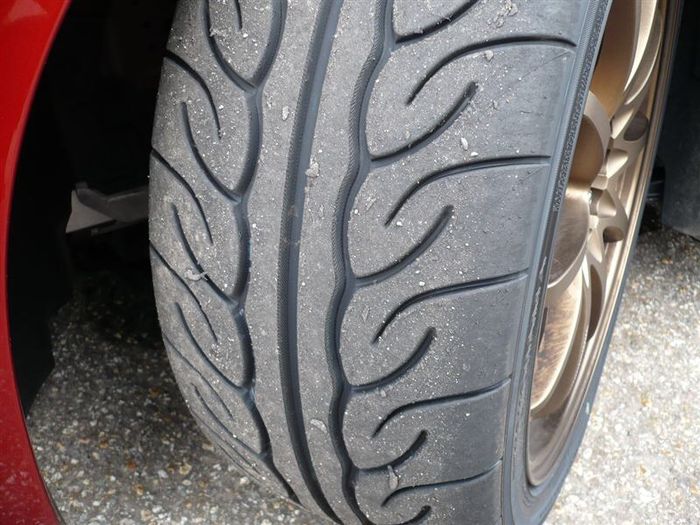All Categories
Featured
Table of Contents
The Michelin provided a comfortable driving experience, qualified by receptive guiding and a modern understeer equilibrium. In spite of the cooler testing problems, Michelin's regular time and hold over three laps shows its suitability for real-world applications. Conversely, Yokohama's efficiency was unique. While its super-quick steering led to a quick front axle turn, the back revealed a tendency to swing extra.
An additional notable facet was Yokohama's workout time. The tire's initial lap was a 2nd slower than the second, directing to a temperature-related grip rise. This suggests the Yokohama might shine in dry, race-like problems. For day-to-day usage, the Michelin might be a safer bet. Successor was the Hankook.
Car Tyres Near Me
It shared Michelin's risk-free understeer balance yet lacked the latter's readiness to transform. Continental and Goodyear's efficiencies were significant, with Continental's brand-new PremiumContact 7 revealing a significant renovation in damp conditions compared to its predecessor, the PC6. This model was far much less sensitive to pack changes and acted similar to the Michelin, albeit with somewhat less interaction at the limit.
It combined the risk-free understeer balance of the Michelin and Continental with some stylish handling, proving both predictable and fast. As an all-rounder for this Golf GTI, Goodyear's Uneven range was the standout, demonstrating impressive efficiency in the wet. Lastly, the Bridgestone Potenza Sport took the crown as the fastest tire, albeit by a tiny margin.
This tyre got grippier as it heated up, similar to the Yokohama. Motorists looking for an interesting damp drive might locate this tire worth thinking about. The standout performer in damp braking was the newest tire on examination, the PremiumContact 7, though the results are nuanced. We conducted damp braking examinations in three various methods, two times at the new state and as soon as at the worn state.
Leading Tyre Packages
Ideally, we desired the cold temperature test to be at around 5-7C, but logistical delays implied we checked with an ordinary air temperature level of 8C and water at 12C. While this was cooler than standard test conditions, it was still warmer than real-world conditions. The cozy temperature level test was done at approximately 18C air and 19C water.
The 3rd run involved damp stopping tests on worn tyres, especially those machined to 2mm with a small encounter. While we planned to do more with these worn tires, weather restrictions limited our screening. It's worth noting that damp braking is most vital at the worn state, as tires generally boost in dry problems as they use.

Bridgestone, Goodyear, and Michelin saw the least efficiency decrease when put on. The Hankook tire registered the tiniest performance drop as temperature levels cooled down, but it was amongst the most influenced when worn.
Leading Tyre Packages
The take-home message here is that no solitary tyre mastered all elements of damp braking, indicating an intricate interaction of aspects affecting tyre performance under different problems. There was a standout tyre in aquaplaning, the Continental completed top in both straight and curved aquaplaning, with the Michelin and Goodyear also great in much deeper water.

Yokohama can take advantage of a little more grip, a concern potentially affected by the colder conditions. As for managing, all tires done within a 2% range on the lap, demonstrating their premium efficiency (Tyre care). Thinking about these tyres essentially target the very same customer, it's fascinating to observe the considerable distinctions in feel.
The surprise is due to the fact that the PremiumContact 6 was among my favourites for sporty dry drives, but its follower, the PremiumContact 7, appears elder and appears like Michelin's performance. Amongst these, Hankook was the least specific in guiding and interaction at the limit. Cheap tyres. Both Michelin and Continental offered beautiful first guiding, albeit not the fastest
If I were to recommend a tyre for a fast lap to an amateur, claim my father, it would certainly be just one of these. After that we have the 'enjoyable' tyres, specifically Yokohama and Bridgestone. Both were speedy to guide and felt sportier than the others, yet the compromise is a more playful rear end, making them extra difficult to handle.
Tyre Safety Near Me – Dayton
It gave similar steering to Bridgestone but used better feedback at the limit and better hold. The Bridgestone Potenza Sport, nevertheless, seemed to deteriorate quite swiftly after just three laps on this demanding circuit. There's Goodyear, which positioned itself somewhere in between the enjoyable tires and those often tending in the direction of understeer.
Altogether, these tires are superb performers. For roadway use, I 'd lean in the direction of either the Michelin or Goodyear, depending on your certain choices. In terms of tyre wear, the technique utilised in this examination is what the industry describes as the 'gold criterion' of wear. The wear professionals at Dekra performed this examination, which entailed a convoy of automobiles going across a meticulously planned path for 12,000 kilometres.
Both the Bridgestone and Yokohama tires dramatically underperformed in comparison to the other 4 tires in regards to rolling resistance, with Continental somewhat outperforming the rest. Pertaining to the convenience level of the tyres, as expected, the majority of showed an inverted correlation with handling. The Continental, Michelin, and Goodyear tires executed ideal across different surface area types examined.

Bridgestone began to reveal indicators of firmness, while Yokohama was specifically jarring over craters. We did measure internal sound degrees; however, as is frequently the situation, the outcomes were very closely matched, and as a result of weather restraints, we were incapable to carry out a subjective assessment of the tyres sound. Finally, we checked out abrasion figures, which gauge the quantity of tyre walk lost per kilometre, normalised to a one-tonne automobile.
Tyre Rotation Near Me ( Swan)
This figure stands for the amount of rubber dirt your tires generate while driving. Michelin led in this category, creating over 9% much less rubber particle matter.
Latest Posts
Tyre Care Near Me – Beechboro 6063 WA
Affordable Cheap Car Tyres – Swan
Tyre And Wheel Services (Dayton 6055 WA)